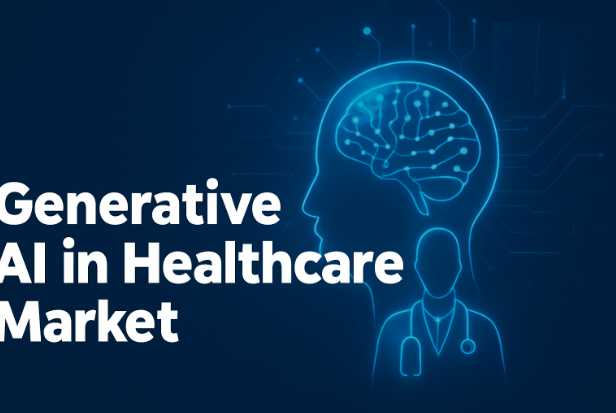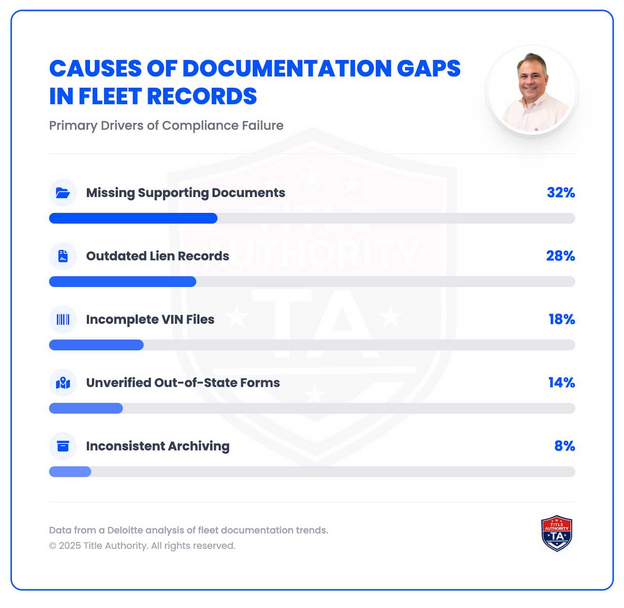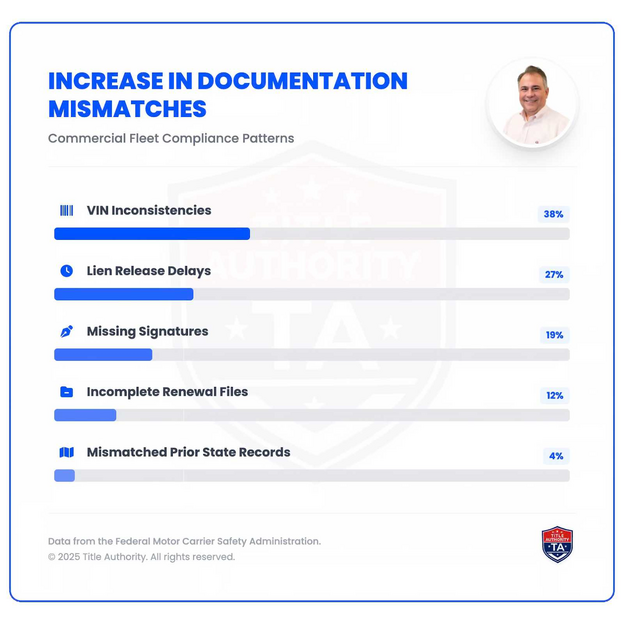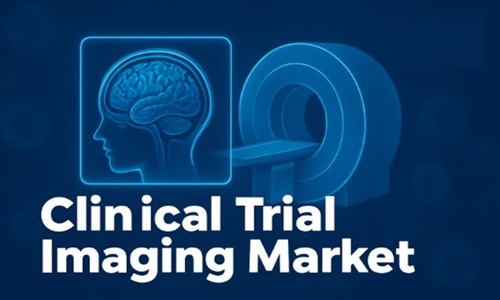The healthcare landscape is undergoing a seismic shift, not from a new drug or device, but from the algorithms of artificial intelligence. A frenetic and high-stakes battle is unfolding in the burgeoning Generative AI in Healthcare market, where technology titans, established medical giants, and nimble startups are all jockeying for position in a sector poised to redefine patient care, drug discovery, and operational efficiency.
The stakes are astronomical. According to SNS Insider, The Generative AI in Healthcare Market size was valued at US$ 1.7 Bn in 2023 and is estimated to US$ 19.99 Bn by 2032 with a growing CAGR of 31.5% Over the Forecast Period of 2024-2032. This explosive growth trajectory is fueling an unprecedented surge in investment, strategic mergers, and a race to develop and deploy the most impactful solutions. The market is no longer a theoretical future; it is a present-day arena where the top players are leveraging vast resources and innovative approaches to capture a piece of this transformative opportunity.
The Titans: Big Tech’s Full-Scale Assault
When discussing top players, the conversation inevitably begins with the cloud and technology behemoths who possess the computational power, data infrastructure, and AI research firepower to scale solutions globally.
Google & Alphabet (via DeepMind and Google Health): Google has been a pioneer, with its DeepMind division making headlines for years with breakthroughs like AlphaFold, which solved the monumental challenge of predicting protein structures. This single application has already accelerated biological research worldwide. Now, with its Med-PaLM 2 model, a large language model (LLM) fine-tuned on medical knowledge, Google is tackling clinical applications. Early research shows it can answer medical exam questions at an expert level, pointing towards a future of AI-assisted diagnosis and clinical decision support. Their strategy is a dual-pronged assault: fundamental scientific discovery through DeepMind and direct healthcare system integration through Google Cloud’s healthcare-specific AI tools.
Microsoft: Microsoft’s approach has been characterized by strategic aggression. Its multi-billion-dollar investment in and partnership with OpenAI has given it a formidable edge. By integrating OpenAI’s GPT-4 and other models into its Azure cloud platform as Azure OpenAI Service, Microsoft is offering healthcare organizations a secure, compliant pathway to build generative AI applications. Its acquisition of Nuance Communications, a leader in conversational AI and clinical documentation, for nearly $20 billion, was a masterstroke. The flagship product, Dragon Ambient eXperience (DAX), uses generative AI to listen in on doctor-patient conversations and automatically generate clinical notes, reducing administrative burden—a major pain point in healthcare. This combination of cutting-edge AI models and deep healthcare workflow integration makes Microsoft a dominant force.
NVIDIA: If generative AI is the engine, then NVIDIA’s hardware is the high-octane fuel. The company’s GPUs are the undisputed industry standard for training and running complex AI models. Beyond hardware, NVIDIA has built a comprehensive healthcare AI platform, Clara, which includes pre-trained models, application frameworks, and cloud-based services. By providing the essential tools and infrastructure, NVIDIA has positioned itself as the foundational layer upon which many other players in this ecosystem build their solutions. Its valuation surge is a direct testament to its entrenched position in the AI supply chain.
The Incumbents: Medical Giants Adapt and Acquire
Established healthcare and medtech companies are not sitting idly by. They are leveraging their vast repositories of proprietary data, deep regulatory expertise, and entrenched customer relationships to stay relevant.
Johnson & Johnson and Pfizer: These pharmaceutical giants are betting big on generative AI to revolutionize drug discovery. The traditional drug development process is notoriously long (10-15 years) and expensive (over $2 billion per drug). Generative AI can design novel drug molecules, predict their efficacy and safety, and even identify new drug targets by analyzing complex biological data. J&J has numerous partnerships with AI biotechs, while Pfizer has collaborated with entities like Insilico Medicine to leverage AI for oncology drug discovery. For them, generative AI is not just an efficiency tool; it’s a potential existential advantage in the race to bring new blockbuster drugs to market.
Medtronic and GE Healthcare: In the medtech space, companies are integrating generative AI into their imaging and monitoring devices. GE Healthcare’s AIR Recon DL uses AI to enhance the quality of MRI scans, reducing scan times and improving diagnostic clarity. Medtronic is exploring AI for predictive analytics in its continuous glucose monitors and surgical robots. Their strength lies in their installed base of hardware, creating a seamless ecosystem where AI can add immediate value to the data their devices collect.
The Disruptors: Agile Startups Carving Out Niches
The market’s dynamism is fueled by a vibrant ecosystem of specialized startups, each focusing on a specific, high-value problem.
Insilico Medicine: A pioneer in the field, Insilico has used its generative AI platform to discover and design a new drug for idiopathic pulmonary fibrosis, advancing it to clinical trials in a fraction of the traditional time and cost. They represent the pure-play AI-driven biotech model.
Abridge: A direct competitor to Nuance, Abridge specializes in real-time clinical conversation capture and medical documentation. Its focus on transparency and patient-facing summaries has won it significant venture funding and hospital partnerships.
Tempus and Paige.AI: These companies focus on oncology. Tempus uses AI to analyze clinical and molecular data to personalize cancer treatments. Paige.AI has developed the first FDA-approved AI-powered pathology tool for detecting cancer in biopsies, with generative models now being used to discover new biomarkers from historical pathology slides.
Challenges and the Road to the $20 Billion Future
Despite the breakneck pace, the path is fraught with challenges. Data privacy and security remain paramount, with regulations like HIPAA in the U.S. creating a high bar for compliance. The "black box" problem—the difficulty in understanding how some AI models arrive at their conclusions—is a significant hurdle for clinical adoption, where accountability is critical. Furthermore, integrating these advanced tools into legacy electronic health record (EHR) systems and ensuring they augment, rather than disrupt, clinician workflows is a massive operational challenge.
The staggering 31.5% CAGR forecast by SNS Insider indicates that the industry is betting these challenges will be overcome. The convergence of more robust regulatory frameworks, advances in explainable AI, and growing comfort among healthcare professionals will likely fuel the next phase of growth.
In conclusion, the generative AI in healthcare market is a complex, multi-layered battlefield. The top players are not defined by a single metric but by their unique strategies: Big Tech’s platform play, the medtech incumbents’ embedded integration, the pharma giants’ R&D focus, and the startups’ disruptive specialization. As these forces collide and collaborate over the next decade, the ultimate winner promises to be the global patient population, who stand to benefit from more precise diagnoses, personalized treatments, and a healthcare system finally empowered by predictive, rather than reactive, intelligence.
The healthcare landscape is undergoing a seismic shift, not from a new drug or device, but from the algorithms of artificial intelligence. A frenetic and high-stakes battle is unfolding in the burgeoning Generative AI in Healthcare market, where technology titans, established medical giants, and nimble startups are all jockeying for position in a sector poised to redefine patient care, drug discovery, and operational efficiency.
The stakes are astronomical. According to SNS Insider, The Generative AI in Healthcare Market size was valued at US$ 1.7 Bn in 2023 and is estimated to US$ 19.99 Bn by 2032 with a growing CAGR of 31.5% Over the Forecast Period of 2024-2032. This explosive growth trajectory is fueling an unprecedented surge in investment, strategic mergers, and a race to develop and deploy the most impactful solutions. The market is no longer a theoretical future; it is a present-day arena where the top players are leveraging vast resources and innovative approaches to capture a piece of this transformative opportunity.
The Titans: Big Tech’s Full-Scale Assault
When discussing top players, the conversation inevitably begins with the cloud and technology behemoths who possess the computational power, data infrastructure, and AI research firepower to scale solutions globally.
Google & Alphabet (via DeepMind and Google Health): Google has been a pioneer, with its DeepMind division making headlines for years with breakthroughs like AlphaFold, which solved the monumental challenge of predicting protein structures. This single application has already accelerated biological research worldwide. Now, with its Med-PaLM 2 model, a large language model (LLM) fine-tuned on medical knowledge, Google is tackling clinical applications. Early research shows it can answer medical exam questions at an expert level, pointing towards a future of AI-assisted diagnosis and clinical decision support. Their strategy is a dual-pronged assault: fundamental scientific discovery through DeepMind and direct healthcare system integration through Google Cloud’s healthcare-specific AI tools.
Microsoft: Microsoft’s approach has been characterized by strategic aggression. Its multi-billion-dollar investment in and partnership with OpenAI has given it a formidable edge. By integrating OpenAI’s GPT-4 and other models into its Azure cloud platform as Azure OpenAI Service, Microsoft is offering healthcare organizations a secure, compliant pathway to build generative AI applications. Its acquisition of Nuance Communications, a leader in conversational AI and clinical documentation, for nearly $20 billion, was a masterstroke. The flagship product, Dragon Ambient eXperience (DAX), uses generative AI to listen in on doctor-patient conversations and automatically generate clinical notes, reducing administrative burden—a major pain point in healthcare. This combination of cutting-edge AI models and deep healthcare workflow integration makes Microsoft a dominant force.
NVIDIA: If generative AI is the engine, then NVIDIA’s hardware is the high-octane fuel. The company’s GPUs are the undisputed industry standard for training and running complex AI models. Beyond hardware, NVIDIA has built a comprehensive healthcare AI platform, Clara, which includes pre-trained models, application frameworks, and cloud-based services. By providing the essential tools and infrastructure, NVIDIA has positioned itself as the foundational layer upon which many other players in this ecosystem build their solutions. Its valuation surge is a direct testament to its entrenched position in the AI supply chain.
The Incumbents: Medical Giants Adapt and Acquire
Established healthcare and medtech companies are not sitting idly by. They are leveraging their vast repositories of proprietary data, deep regulatory expertise, and entrenched customer relationships to stay relevant.
Johnson & Johnson and Pfizer: These pharmaceutical giants are betting big on generative AI to revolutionize drug discovery. The traditional drug development process is notoriously long (10-15 years) and expensive (over $2 billion per drug). Generative AI can design novel drug molecules, predict their efficacy and safety, and even identify new drug targets by analyzing complex biological data. J&J has numerous partnerships with AI biotechs, while Pfizer has collaborated with entities like Insilico Medicine to leverage AI for oncology drug discovery. For them, generative AI is not just an efficiency tool; it’s a potential existential advantage in the race to bring new blockbuster drugs to market.
Medtronic and GE Healthcare: In the medtech space, companies are integrating generative AI into their imaging and monitoring devices. GE Healthcare’s AIR Recon DL uses AI to enhance the quality of MRI scans, reducing scan times and improving diagnostic clarity. Medtronic is exploring AI for predictive analytics in its continuous glucose monitors and surgical robots. Their strength lies in their installed base of hardware, creating a seamless ecosystem where AI can add immediate value to the data their devices collect.
The Disruptors: Agile Startups Carving Out Niches
The market’s dynamism is fueled by a vibrant ecosystem of specialized startups, each focusing on a specific, high-value problem.
Insilico Medicine: A pioneer in the field, Insilico has used its generative AI platform to discover and design a new drug for idiopathic pulmonary fibrosis, advancing it to clinical trials in a fraction of the traditional time and cost. They represent the pure-play AI-driven biotech model.
Abridge: A direct competitor to Nuance, Abridge specializes in real-time clinical conversation capture and medical documentation. Its focus on transparency and patient-facing summaries has won it significant venture funding and hospital partnerships.
Tempus and Paige.AI: These companies focus on oncology. Tempus uses AI to analyze clinical and molecular data to personalize cancer treatments. Paige.AI has developed the first FDA-approved AI-powered pathology tool for detecting cancer in biopsies, with generative models now being used to discover new biomarkers from historical pathology slides.
Challenges and the Road to the $20 Billion Future
Despite the breakneck pace, the path is fraught with challenges. Data privacy and security remain paramount, with regulations like HIPAA in the U.S. creating a high bar for compliance. The "black box" problem—the difficulty in understanding how some AI models arrive at their conclusions—is a significant hurdle for clinical adoption, where accountability is critical. Furthermore, integrating these advanced tools into legacy electronic health record (EHR) systems and ensuring they augment, rather than disrupt, clinician workflows is a massive operational challenge.
The staggering 31.5% CAGR forecast by SNS Insider indicates that the industry is betting these challenges will be overcome. The convergence of more robust regulatory frameworks, advances in explainable AI, and growing comfort among healthcare professionals will likely fuel the next phase of growth.
In conclusion, the generative AI in healthcare market is a complex, multi-layered battlefield. The top players are not defined by a single metric but by their unique strategies: Big Tech’s platform play, the medtech incumbents’ embedded integration, the pharma giants’ R&D focus, and the startups’ disruptive specialization. As these forces collide and collaborate over the next decade, the ultimate winner promises to be the global patient population, who stand to benefit from more precise diagnoses, personalized treatments, and a healthcare system finally empowered by predictive, rather than reactive, intelligence.





















